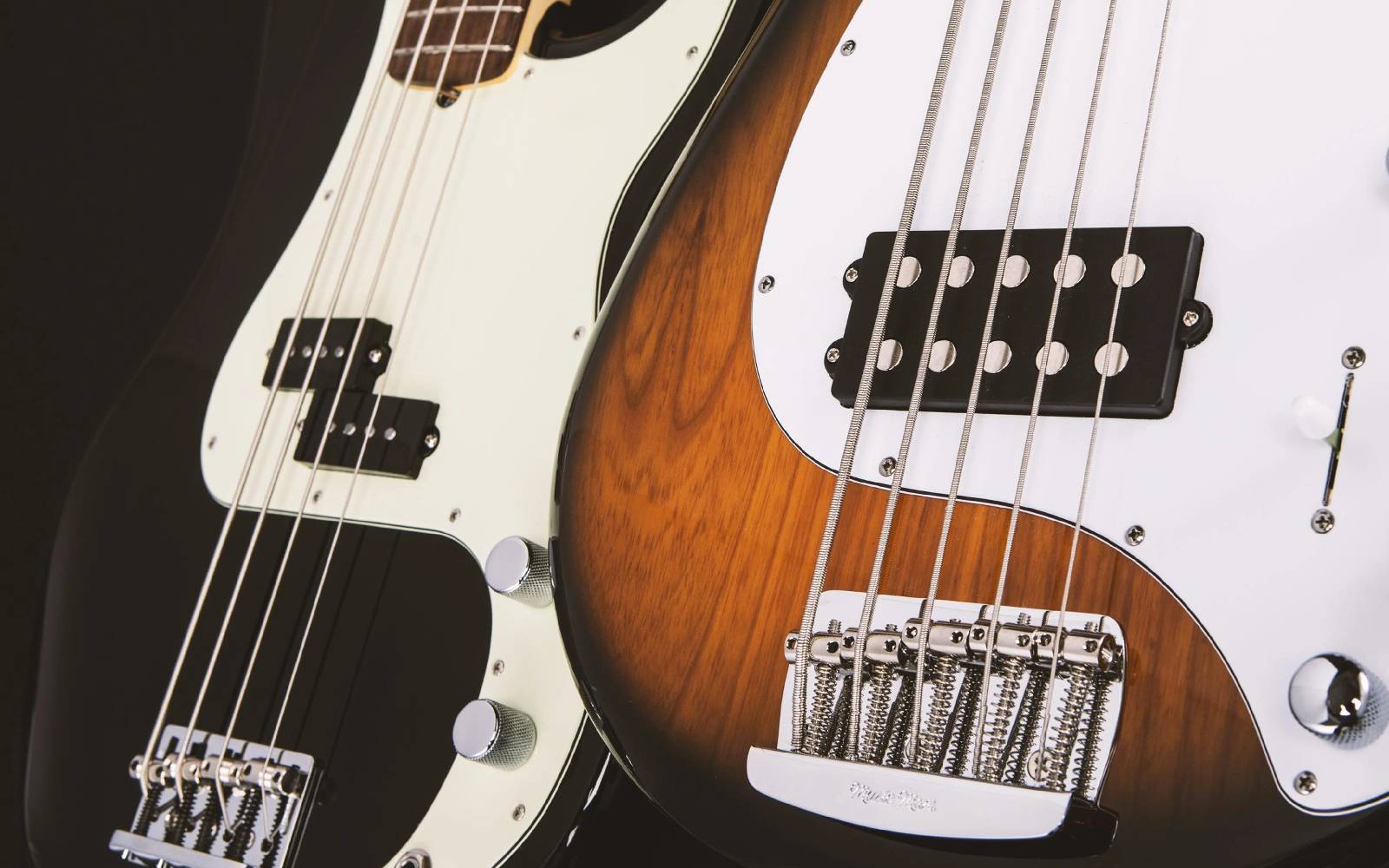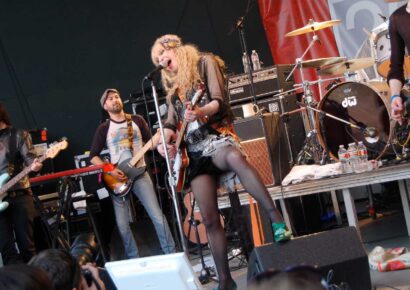Why you would choose and active bass compared to a passive one.
When the electric bass guitar was first invented, there was no such thing as ‘active and passive’ bass pickups and electronics, there was just ‘what was there’. So bass players never had to weigh up which one to go with. If you wanted to manipulate your sound on a single-pickup Precision Bass, you had a tone control onboard your instrument (its job was to reduce the treble frequencies), and you had whatever tone-shaping your amp offered. Now of course, it’s a very different story, and active circuits have been commonplace since the ‘70s.
If you’re new to this stuff, we can think of ‘active’ as having some kind of powered circuit, that provides further sonic sculpting to the tone before it leaves the instrument on its journey to the amplifier. A passive circuit doesn’t require extra electricity in order to do its job beyond what’s already coming in through the cable. The bass world tends to differ from the guitar world in that you’ll find a lot more basses that have passive pickups, but active tone shaping, whereas if someone has an active guitar it’s generally the pickup itself that is active.
Read up on all the latest features and columns here.
There are active bass pickups too, and you’ll find plenty of great models by the likes of EMG and Seymour Duncan. But in most cases you can add an active preamp to a bass that has passive pickups. So what’s what, and what’s for you? Let’s have a look…
Passive
Okay, so those very first basses had one pickup, a volume control and a simple low-pass filter tone control. Eventually twin pickup basses came along and the early pioneers of these instruments did something pretty clever. They realised that basses would benefit from either individual volume pots or a ‘blend’ control to vary the ratio between the two pickups (unlike guitar players who benefitted more from more straightforward toggle switches.) The tone of a passive bass is usually earthy, organic, full and punchy, which is great for organic styles like blues, jazz, funk, rock and alternative.
Active
Ah, but active bass guitar pickups are great for styles like jazz and funk too, just in a different way. An active bass will generally offer more sound-sculpting, in the form of separate tone controls, for particular frequencies. One of the early successful active basses, the Music Man StingRay, used individual boost/cut controls for the treble and bass frequencies and players soon realised that if they used these controls to boost each, they’d get a more wide-ranging tone for slap styles. The low notes thumped harder and the high notes jumped out more.
Soon, basses with midrange controls arrived – often in the form of concentric pots giving you power over the midrange frequency as well as the amount of boost or cut. This is especially handy for players in genres like jazz who might really need to stand out for a solo, because a lot of crucial ‘listen to me!’ frequencies live in the mids. Active basses are also great for metal players who need the high-end grind and low-end thump to get overdriven, fuzzed-out or just plain distorted tones to work. Active basses are great for when you’re using a long cable, because the signal is given an extra ‘kick’ that overrides the dreaded tone suck that occurs as capacitance builds up with each extra foot of cable length. And they’re usually noticeably quieter than passive basses, especially if you’re using fuzz, distortion or overdrive.
Active/Passive
Some basses give you the option of selecting both types of circuit. One really cool example is Fender’s new signature model Jaguar bass for Mastodon’s Troy Sanders. Ernie Ball Music Man also offers several basses with active/passive switches, including certain StingRays and the Reflex Bass. These are ideal for bass players who dabble in a wide range of styles, particularly studio musicians and those playing in professional cover bands. It’s also fun to use this kind of circuit almost as an effect or channel-switching. For instance, you can set up your main sound in passive mode for the majority of the song. If there’s a solo bass moment, a breakdown or a big ass bass drop you can dial the required tone in beforehand with your active circuit so it’s good to go at the flick of a switch the second you need it.
Keep reading about bass guitar pickups at Stringjoy.

